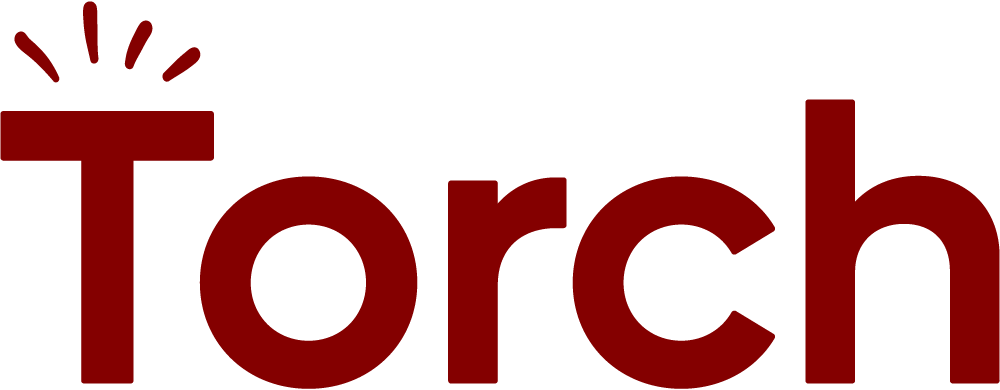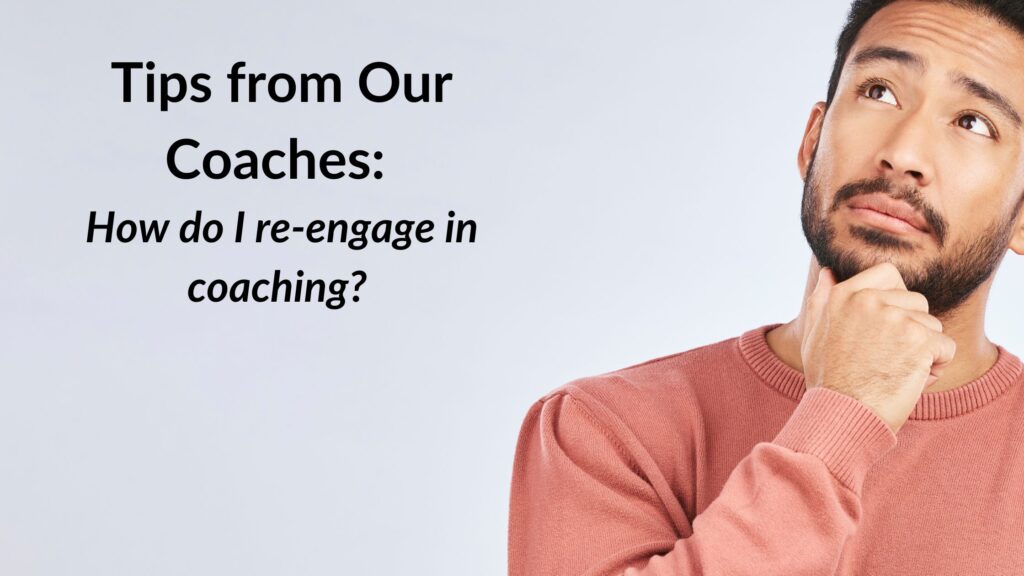Q: “How do I get re-engaged after a pause in coaching?”
Whether you’ve gone on a long vacation, or had a busy few weeks at work, sometimes life can intervene with coaching. In those moments – whether you’re feeling a sense of overwhelm, burnout, or inertia – it might feel hard to get back to the work.
We asked our coaches: what are their strategies for re-engaging with coachees if it has been a while since they connected? And if you’re a coaching participant: how can you get motivated again after a break? Read more to learn their three best practices, and the ways you can take action.
Best Practices for Re-Engaging With Coaching Participants
#1 Remind them of past successes
Torch Executive Coach Monica Anderson says she re-engages them by “inviting them back, and communicating something of value they expressed at the last coaching session.” Like Anderson, Executive Coach Karuna Thomas often starts re-engaging by reminding a participant about the progress they’ve made, and the success and wins they’ve had so far. She also brings up inspiring moments they’ve had during sessions.
#2 Meet their quiet with curiosity
Torch Executive Coach Rafal Szaniawski’s instinct in the face of disengagement is curiosity, which he uses as a tool for reconnection. He asks “if there’s anything I can help with to make the small step in resuming our partnership.” Anderson does this too, asking them if all is well or how they’re doing.
#3 Affirm your partnership and support
Thomas makes sure to reiterate her role “as their accountability partner, and ask for their input on additional ways I can support them achieving their goals,” she says. Similarly, Szaniawski tells them that “I’m there for them” even acknowledging the reality that this can be a tricky time of year. He also shares “that sometimes the most challenging yet rewarding thing to do in the middle of work overload is to pause for 45 minutes and rediscover themselves and what can help them go forward.”
For Participants: How to Get Back Into the Work
#1 Find your MAP
At the beginning of a coaching engagement, Thomas makes sure to clarify her coachee’s MAP. This stands for Motivation, Ability and Prompt, and comes from BJ Fogg’s framework for behavior change. “Anytime there’s a roadblock, I ask which attribute is coming in their way of pursuing coaching,” she says. For individuals, following this framework can be a great way to reassess what’s motivating you, what might be holding you back, and how to move forward.
#2 Time travel
Szaniawski encourages participants to tap into their objectives, and the discoveries they may have made before they took a break. What kind of life did you envision for yourself? Who did you want to become? In other words – it’s all about traveling back in time to remember your past self. What did that person want? Why did that person want to start coaching? A bonus if you took some notes on this, or if you can ask your coach to share those notes.
#2 Lean on your coach
Coaches are humans, too. They know what it’s like to get busy, overwhelmed and distracted. And know that they’re here to help you get re-motivated, to help you get back in touch with your past self, and even to see if maybe, during that pause, you learned something new about yourself. This, Anderson says, is often what she wants to know. “I’m interested to assess where the client is, and if past learnings and practices have landed” or inspired new insights.
BONUS: During these summer months, something I’ve done to stay engaged is begin walking sessions with my coach. We both call in to the meeting, and we’re able to enjoy the fresh air while we discuss my progress, barriers, and aspirations.
————
This article was featured in Torch’s newsletter, Curiouser. Each month, we deliver the latest research, stories, questions, and insights about the art and science of coaching to your inbox. Sign-up and join a community of people who are passionate about growth, learning, and leadership.


